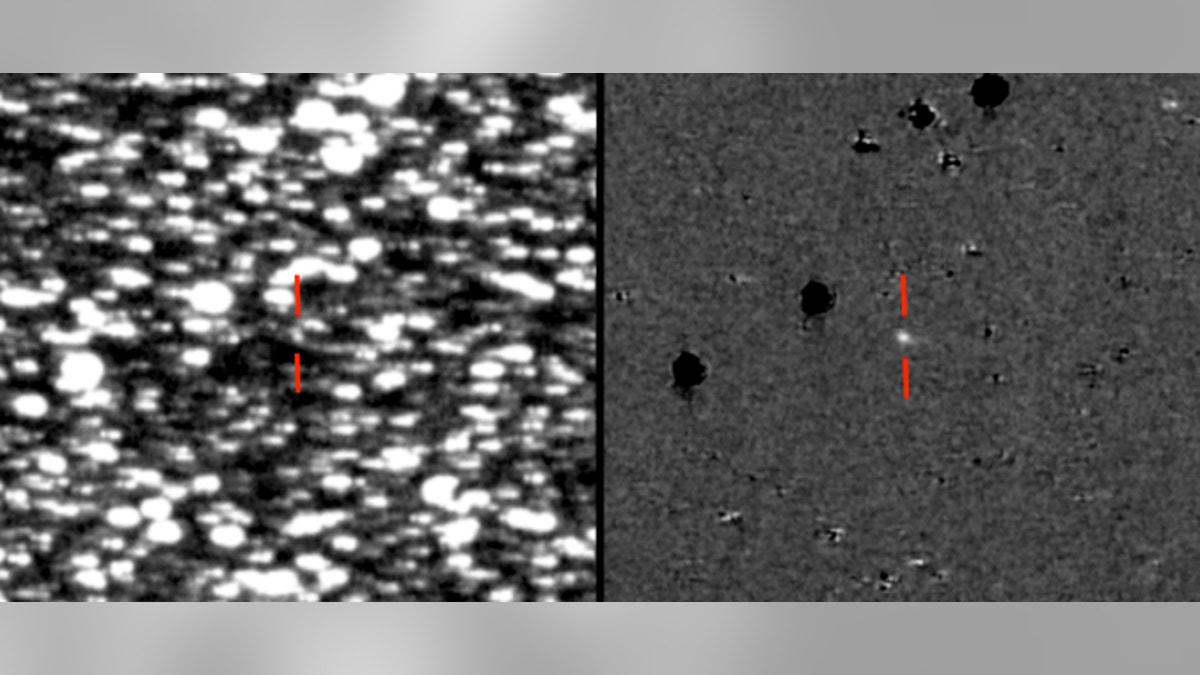Fox News Flash top headlines for May 29
Fox News Flash top headlines are here. Check out what's clicking on Foxnews.com.
After originally believing the "continuously active" object in Jupiter's orbit was the first-known active "Trojan asteroid," scientists have issued a correction and it's just a regular comet.
The object, now known as P/2019 LD2, was reclassified by researchers after they realized that it is a comet, albeit one "with a chaotically changing orbit currently resembling that of a Trojan asteroid," according to a statement from the University of Hawaii earlier this week.
"Comet P/2019 LD2 turns out to be a Jupiter-family comet, a different population of objects also under the influence of Jupiter, with typical comet-like orbits that can extend from the outer solar system beyond Saturn all the way to the inner solar system," the statement reads. "True Jupiter Trojan asteroids have orbits that closely follow Jupiter’s orbit around the Sun but are 'clumped' ahead and behind Jupiter. These asteroids are essentially locked into clumps because they are in a delicate permanent gravitational balance between Jupiter and the Sun."

(Left) ATLAS image of P/2019 LD2 (indicated by two red lines) is almost lost in field of stars. (Credit: University of Hawaii)
MYSTERIOUS INTERSTELLAR OBJECT 'OUMUAMUA GETS NEW ORIGIN STORY
The object was previously known as 2019 LD2 when it was believed that it was a Trojan asteroid with a "comet-like tail" that was continuously active.
Comet P/2019 LD2 was first observed by the University of Hawaiʻi's Asteroid Terrestrial-impact Last Alert System (ATLAS) telescope system in June 2019.
Trojan asteroids are somewhat common in the Solar System. Earth has one Trojan asteroid, Neptune has dozens and Jupiter has "hundreds of thousands," but they are not active as this object is due to Jupiter's gravitational pull.
"Comet P/2019 LD2 regularly comes close enough to Jupiter every few decades so the pushes and pulls from close gravitational interactions with Jupiter can change the comet’s orbit dramatically," the statement continues. "In the case of P/2019 LD2, its location and orbit currently approximates the position and near-circular orbit of Jupiter Trojan asteroids. The current orbit is not stable, meaning Jupiter will alter it again in the coming decades and comet P/2019 LD2 will no longer be easily confused with a Jupiter Trojan asteroid."





















